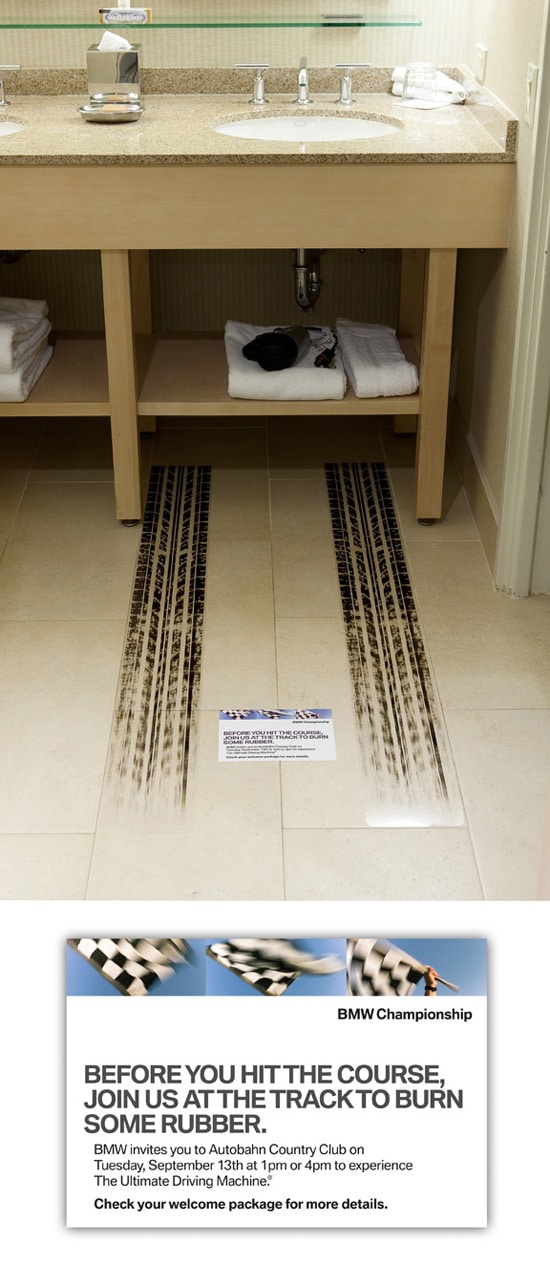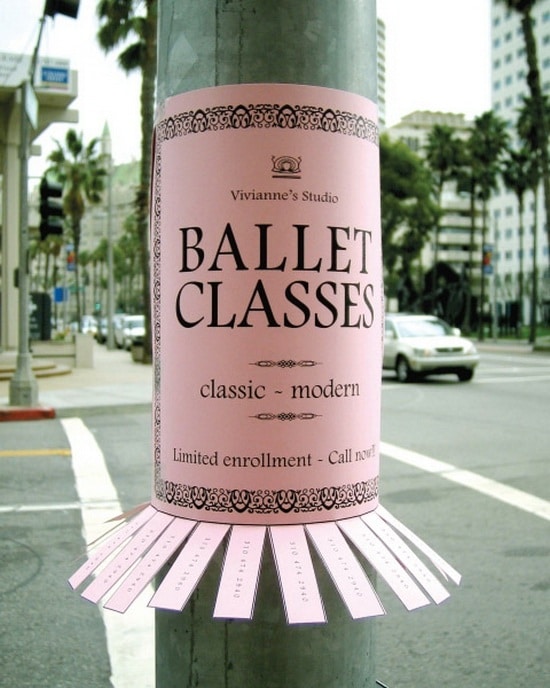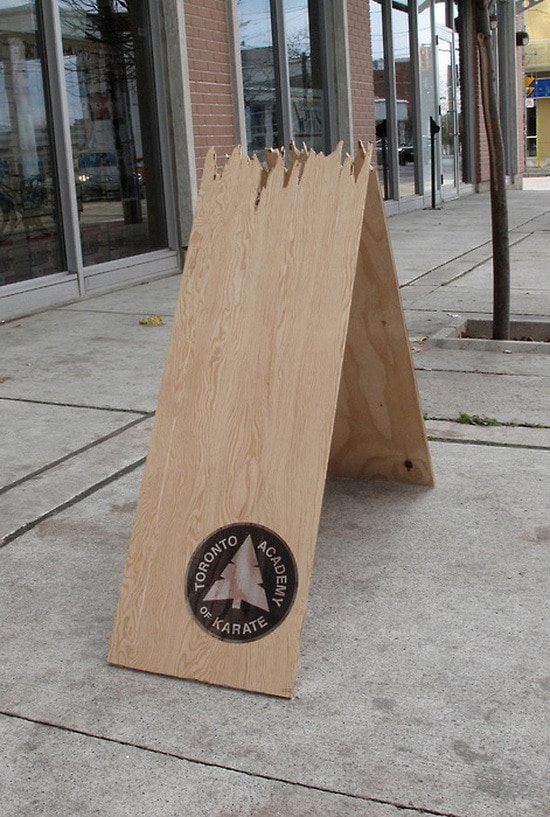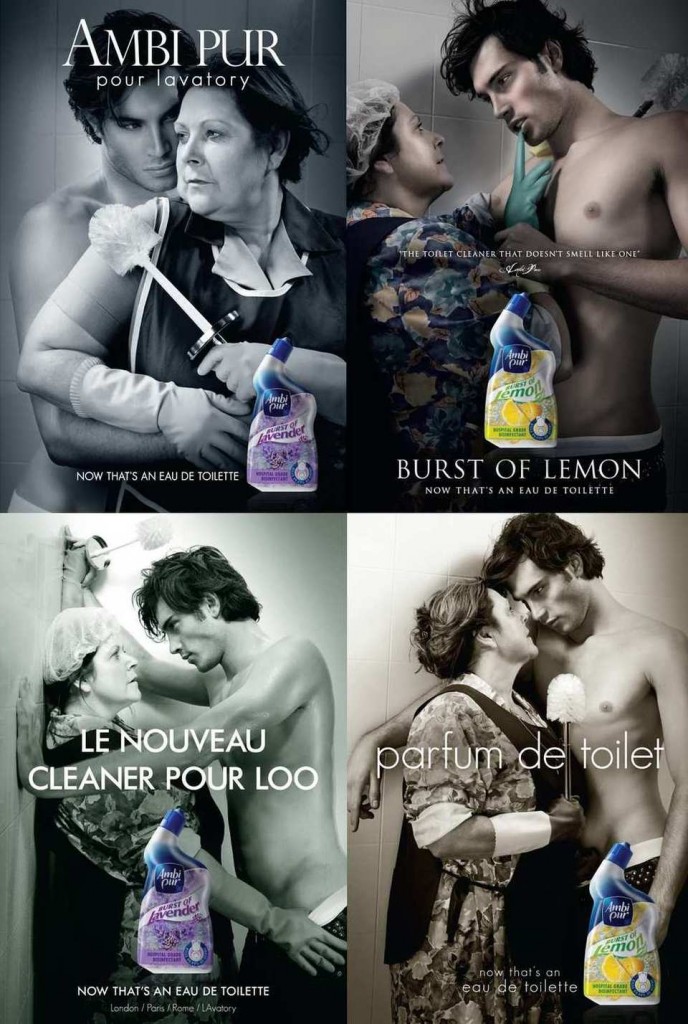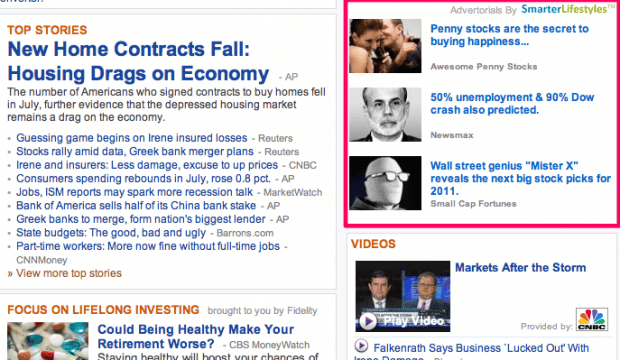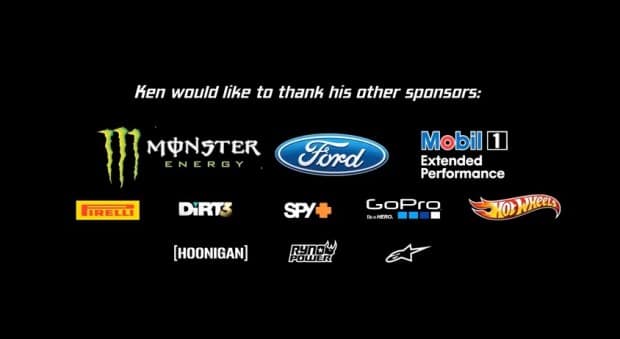I really liked this billboard, mostly because of how well it speaks to the audience: it’s a polarizing message that delivers their brand promise. Perhaps what’s so novel about this ad is how rare something like this is. The restaurant has one location, so the ad budget can’t be immense. But often similar restaurants flounder in their attempts at advertising, missing their audience completely. While I often point to a meagre budget to explain their failures, this ad shows that a bit of strong copy can do wonders.
Tag: Advertising
Coupon Sites Offer a Bad Deal for Brands, Part Two
Cornell University recently published a paper about daily deal sites, and the negative effects they have on your brand. The key takeaways:
- There’s lots of word-of-mouth generated about your brand and it’s offer;
- You get a big boost in the number online reviews of your business after the offer runs;
- Your average online review score falls 10% as a result of your offer.
Lots of people talk about your brand, but on average they think less of you than before you ran the offer. And for the privilege, you give up 75% of your revenue!
The whole thing is available at Cornell. But here’s a good summary:
Daily deal sites have become the latest Internet sensation, providing discounted offers to customers for restaurants, ticketed events, services, and other items. We begin by undertaking a study of the economics of daily deals on the web, based on a dataset we compiled by monitoring Groupon and LivingSocial sales in 20 large cities over several months. We use this dataset to characterize deal purchases; glean insights about operational strategies of these firms; and evaluate customers’ sensitivity to factors such as price, deal scheduling, and limited inventory. We then marry our daily deals dataset with additional datasets we compiled from Facebook and Yelp users to study the interplay between social networks and daily deal sites. First, by studying user activity on Facebook while a deal is running, we provide evidence that daily deal sites benefit from significant word-of-mouth effects during sales events, consistent with results predicted by cascade models. Second, we consider the effects of daily deals on the longer-term reputation of merchants, based on their Yelp reviews before and after they run a daily deal. Our analysis shows that while the number of reviews increases significantly due to daily deals, average rating scores from reviewers who mention daily deals are 10% lower than scores of their peers on average.
Coupon Sites Offer a Bad Deal for Brands, Part One
I am pretty biased against coupon sites. My wife subscribes to all of them, which is cool. But I don’t like them from an advertiser’s point of view.
My wife bought a deal from a site a few weeks ago. She was pretty excited when she told me about it, and we shook our heads in wonder, “How can that business afford to do this?” Then she got this email:
——– Original Message ——–
From: [email protected]
Subject: [Auto-Reply] Cupcakes
Date: 14 Oct 2011 12:01:29 -0700Thank you for your interest in Little Miss CupCake
Unfortunately because of the issue we experienced with dealfind.com we are not accepting ANY orders for the time being, and we will not be accepting any of the Dealfind vouchers purchased.
We apologize for the inconvenience.DEALFIND ISSUE
Dealfind oversold passed what I had asked them to,
and then would not turn off the deal when asked to do so.
To top that off, they refused to answer my calls and emails as the deal was going on.They added free delivery to the deal, which was not the case.
I had told them there was no free delivery allowed.
I gave them rates and delivery restrictions, which they refused to put in my ad.
They also stated that the vouchers could be redeemed all at once,
which is not something I agreed to.I do sincerely apologize for the inconvenience this may have caused you,
and I encourage you to ask for a refund (Dealfind.com will issue full refunds within 30 days of purchase, I personally cannot issue refunds, as Dealfind has all of the funds)
This is just an awkward mess. How much of this is true, I don’t know. But it looks like a ridiculous offer went out and sold like crazy. The advertiser claims that Dealfind basically just invented the whole offer against his wishes, then disappeared on the day it went out. Now customers are left to sort out the mess with Dealfind, as the bakery has enough to worry about, trying to repair it’s brand from this mess.
I don’t like these sites primarily because the math doesn’t work out very well. Advertisers have to offer steep discounts (roughly 50% off), and then they only get 50% of the proceeds from the deal. So you’re only getting about 25% of the regular price for your product/brand.
Then think about the type of clients this brings the brand: either existing customers already familiar with your brand and just picking up a good deal; or new customers that are often unfaithful to your brand as they seek out new deals from your competition. Now you realize you’ve just paid 75% for a pretty unattractive customer. Can your margins bear 1000 of these customers?
Tomorrow I’ll get into some research done about these sites, and the actual effects these offers have on your brand.
Four Clever Uses of Media in Advertising
I really enjoy ads that embrace the constraints of their media or environment. Here are four examples that caught my eye.
In an effort to get more pro golfers driving BMW, these graphics were installed in the hotel bathrooms of the pro golfers at a tournament in Illinois. If you accepted the invite you got to drive BMW cars on a closed track with tutelage from a couple of pro drivers.
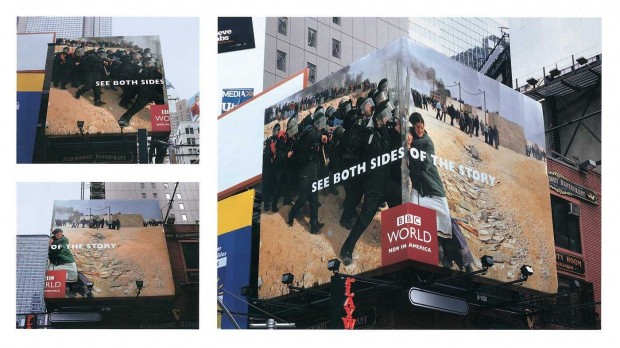
Chuck Testa Taxidermy
I love this commercial that went viral last week. It’s got this self-effacing attitude about itself, without feeling forced. I’m really digging the way that small brands are able to use a bit of relatively cheap consumer equipment and the internet to create powerful advertising.
When your Product is Strong, Simple Sells
Watch this video. It’s simple, not overproduced, and it will sell the heck out of the company, Resource Furniture. The video could be made in an afternoon using any consumer grade video camera and a copy of iMovie (though it was produced by the fine folks at Core77).
The video works because the features and benefits are made so clear. They don’t bury the lead, they get right into the good stuff: demoing their products.
Their website could use an update, but I’m still jealous of the lucky people who get to market stuff like this.
Eau de Toilette
All I’m going to say is that this series is pretty clever.
Yahoo Finance Ads Spoil Credibility
I saw this over on the 37signals blog, where it was pointed out that running such shady ads next to your serious financial content doesn’t do you any favours in the credibility department.
Gymkhana FOUR: The Hollywood Megamercial
This is a stunning video that really obeys the rules of trading entertainment for advertising (see the advertisers screen below). Fun starts at about 1:27.
Rom Chocolate Case Study
A compelling advertising case study featuring national branding, social media, and challenging youth. Not much else I can say, you just need to watch.




